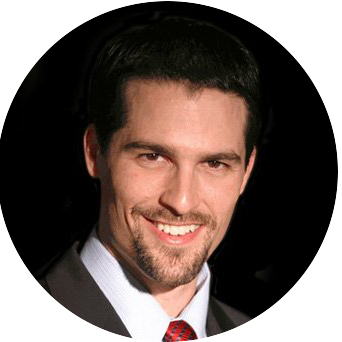
If life has not allowed you to build substantial retirement savings, what can you do to improve your retirement prospects? Here are some suggestions.
Play catch-up. If at all possible, take advantage of the catch-up contributions the IRS allows you to make to IRAs and other retirement accounts starting in the year in which you turn 50. For example, this year a worker age 50 or older can put $24,000 into a 401(k) account compared with $18,000 for someone younger.
Get the match. If your employer matches your retirement plan contributions to some degree when you contribute to a workplace retirement plan at a certain level, you should make every effort to get the match and take advantage of what amounts to an offer of free money.
Work a little longer. More years contributing to retirement accounts means additional inflows into those accounts, and additional growth and compounding for those assets. It means you claim Social Security later, resulting in a larger monthly benefit. It also leaves you with fewer years of retirement that you must fund.
Alternately, think about working a little early in retirement. It is true, your Social Security benefits could be docked as a result – but the tradeoff might be worthwhile.
If you are a Social Security recipient and younger than full retirement age in 2015, Social Security will withhold $1 in benefits for every $2 you earn over $15,720. This is called the Social Security earnings test. Social Security essentially balances this penalty out, however, by boosting your benefit as you reach full retirement age – and for that matter, you can earn as much as you want at full retirement age or later with no reduction to your benefits.
If you retire at 62 and make $25,000 a year through a part-time job you hold during the first five years of your retirement, you are putting a dent in any Social Security income you receive until age 67 – but that $25,000 yearly income can represent $25,000 you do not have to withdraw annually from your retirement savings. You could also invest some of that income, and the annual yield on your investment could exceed annual consumer inflation. Not a bad move in many eyes.
Think about long-run growth investing. One of the biggest risks retirees face is the erosion of purchasing power. Some seniors invest in such a risk-averse way that they lose ground versus even minor inflation. Keeping a foot (or both feet) in the market may be essential if your retirement nest egg is small – not just because it needs to grow, but because it will need to grow faster than inflation.
Whittle down your debt. As Ben Franklin wrote in the 1758 edition of Poor Richard’s Almanac, “A penny saved is a penny got” (he never actually said “a penny saved is a penny earned”). While you may be thinking “mortgage,” reducing your credit card debt can produce the savings you want now. So can eliminating certain household expenses. Speaking of family expenses…
Tell your adult children that you will not be supporting them. If you desperately need to catch up on your retirement savings effort, the last thing you want to do is provide your kids with a financial lifeline. You have 15 years or less until retirement; they may have 40 or 45. Helping them pay off their college loans may feel like the right thing to do for them, but it is not the right thing to do on behalf of your retirement.
Take one crucial step before you pursue any of these options. Turn to a financial professional to see what kind of retirement income you may need to live comfortably. (Any such consultation should include a Social Security analysis.) When you retire, having adequate income becomes just as important as having adequate savings.

About the Retirement Financial Advisor
Robert Pagliarini, PhD, CFP® is passionate about helping retirees build the retirement of their dreams. He has nearly three decades of experience as a retirement financial advisor and holds a Ph.D. in retirement planning. In addition, he is a CFP® Ambassador, one of only 50 in the country, and a fiduciary. His focus is on how to help make retirement portfolios last decades while providing a steady source of income. When he's not helping people plan their retirement, he might be traveling or writing his latest book. If you would like a second opinion to see if your retirement financial plan will keep you comfortable and secure, contact Robert today.



